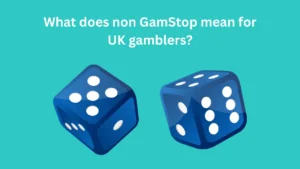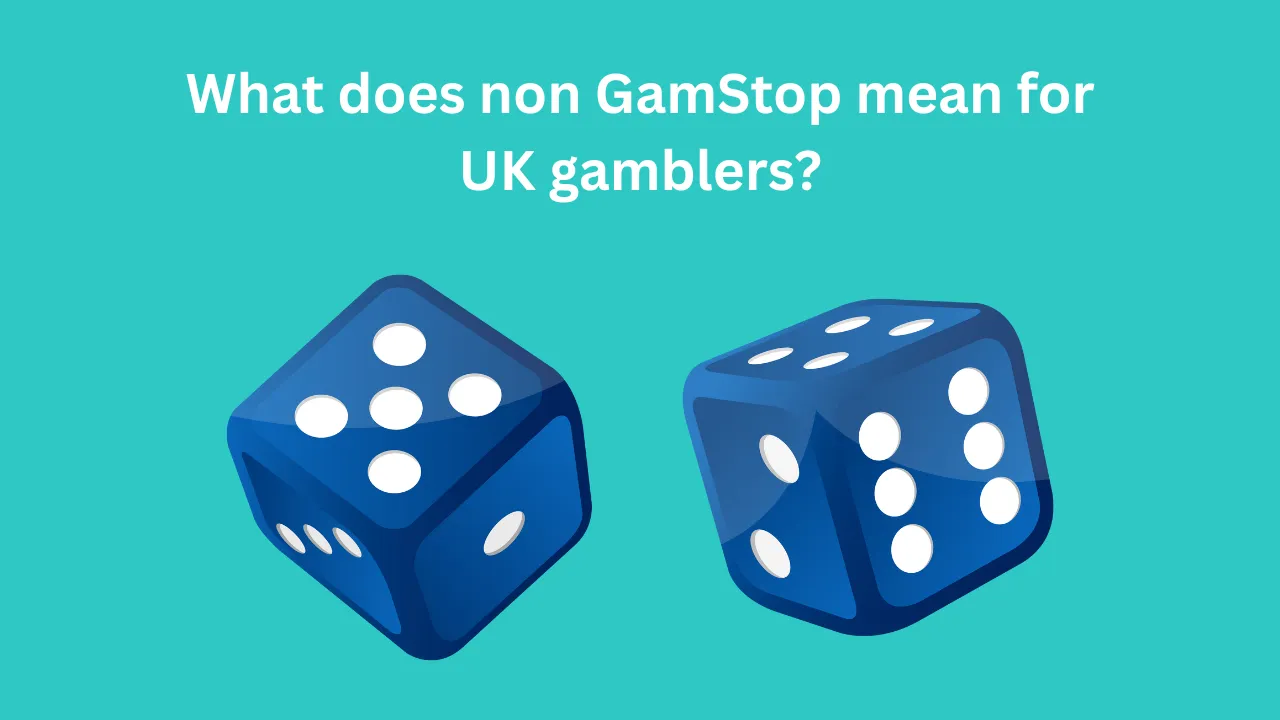Deciding to play at non GamStop casinos can feel like stepping off a well-marked path into a wilder landscape. As someone who’s reviewed dozens of operators and spent late nights testing games, deposits, and withdrawals, I know that “safer” is a relative term here — it’s about reducing risk through careful research and cautious behaviour. In this article I’ll explain exactly what to look for, how to judge safety, and share practical, real-world steps to protect your money and well-being while using non GamStop casinos.
Understanding the landscape
Non GamStop casinos are online gambling sites that do not participate in the UK GamStop self-exclusion programme. For some players — for example, expatriates, retirees living abroad, or those who for various reasons don’t want to be on GamStop — these platforms provide access to gambling services that UK-licensed, GamStop-linked operators do not. That convenience comes with trade-offs. The core trade-off is regulatory oversight: many non GamStop casinos operate under licences issued by other jurisdictions (Malta, Gibraltar, Isle of Man, Curacao, etc.), and those licences vary widely in how strictly they protect players.
What “safe” means for non GamStop casinos
When I say “safe,” I mean several specific things that you should be able to check before you deposit:
The operator holds a credible gaming licence and publishes license details.
Game fairness is verified by independent auditors and return-to-player (RTP) info is transparent.
Funds and payouts are processed reliably and within the operator’s stated timelines.
The site uses modern security measures (SSL/TLS, strong authentication).
Clear, accessible support and dispute-resolution channels exist.
Responsible gambling tools or alternatives are available, even if GamStop isn’t an option.
A non GamStop casino that meets these criteria won’t match the full protections of a well-regulated UKGC (UK Gambling Commission) site, but it can still be a reasonably safe place to play if you’re careful.
How to verify licences and regulatory strength
Not all licences are created equal. In my experience the safest non GamStop casinos usually hold licences from regulators with a solid enforcement record and transparent policies — for example, the Malta Gaming Authority (MGA), the Gibraltar Regulatory Authority, or the Isle of Man Gambling Supervision Commission. Curacao licences are common and can be acceptable, but they historically offer less stringent player protection and dispute handling.
To check a licence: look for a licence number and the regulator’s logo in the site footer, then visit the regulator’s website and search the licence register. If a site hides the licence details or provides vague information, treat that as a red flag. A legitimate operator will make licence and company information easy to find.
Independent audits, RTPs, and fair play
A trustworthy casino will publish information about game suppliers (NetEnt, Microgaming, Evolution, etc.) and independent testing labs (eCOGRA, GLI, iTech Labs). I always check whether the casino lists its audited RTPs and whether audit certificates are visible. If the operator won’t or can’t provide audit details, you should assume the games’ fairness is unverified.
Payments, withdrawals and KYC — the practical test
A good real-world test of safety is how the casino handles money. Before you commit to a large deposit:
Start small and run a full transaction cycle: deposit a modest amount, play, then request a withdrawal. Observe the processing time, whether the casino requests full KYC documentation, and if any unexpected fees appear. A reputable operator will have clear payment terms and won’t invent last-minute conditions to prevent a payout.
Also check payment methods: major card processors, trusted e-wallets, and bank transfers are preferable to obscure crypto-only platforms. That said, many legitimate non GamStop casinos accept crypto; when they do, make sure withdrawal and identity policies are transparent.
Responsible gambling outside GamStop
One of the biggest concerns with non GamStop casinos is the absence of UK-centric self-exclusion. However, “non GamStop” does not mean “no protection at all.” Many well-run non GamStop casinos still offer deposit limits, time-out options, loss limits, and links to national support organisations. Personally, I always check whether a site provides:
Account-level deposit and wager limits you can set yourself.
Session time and loss reminders.
Easy access to customer support for account closures or limits.
Clear referral information for gambling help services.
If you rely on GamStop for protection, remember that playing at non GamStop casinos bypasses that system — so you should independently use the site’s limits and, if needed, seek alternative self-exclusion or support options available in your country of residence.
Reading terms and bonus conditions — don’t skip this
Bonuses can be enticing, but they’re often where problems hide. Wagering requirements, maximum withdrawal caps, ineligible games, and time-limited offers can turn a nice-sounding bonus into a trap. I’ve seen players miss withdrawal windows or discover that bonus funds were voided due to ambiguous terms. My advice: read the full terms and conditions before accepting any promotion and, if something is unclear, ask support for written confirmation.
Red flags that mean “walk away”
Based on years of testing, here are the patterns that have always made me stop and close an account:
No verifiable licence or contact address.
Poorly written, contradictory or missing terms and conditions.
Repeated complaints online about unpaid withdrawals.
Support that only uses chatbots or email and never provides clear answers.
Hidden fees or conditions revealed only after a withdrawal request.
Pressure tactics like “offer expires in 2 minutes” or aggressive bonus popups.
If you encounter any of these, don’t try to wrestle with the site — withdraw what you can and move on.
Practical steps to reduce risk when using non GamStop casinos
From my own experience, a cautious routine works best:
Vet the licence and check for independent audits.
Read the site’s T&Cs and bonus rules thoroughly.
Make a small deposit and complete a withdrawal test.
Use payment methods that offer buyer protection where possible.
Set deposit/time limits immediately after account creation.
Keep records — screenshots, emails — of transactions and support exchanges.
Use reputation checks: review sites, forums, and recent player feedback, not just marketing pages.
This simple checklist has saved me time and money and will help you spot trouble before it becomes costly.
Balancing convenience with responsibility
People choose non GamStop casinos for different reasons: geo-restrictions, specific game libraries, or payment options. That convenience shouldn’t trump safety. If you want to play at non GamStop casinos, treat it like responsible risk management: pick operators that clearly respect players, avoid those with opaque policies, and use self-imposed limits to protect finances and mental health. Remember that “not on GamStop” does not mean the operator lacks any rules — but it does mean you should bring stronger personal safeguards.
Final thoughts and personal takeaway
After testing many sites, my bottom line is this: you can find relatively safe, well-run non GamStop casinos, but you must do the homework. Look for transparent licensing, independent audits, clear payment terms and accessible customer support. Use small tests, set strict limits, and if a site raises doubts at any point, trust your instincts and leave. Non GamStop casinos serve a purpose for some players, but safety—yours and your funds—should always come first.
If you’d like, I can review a specific non GamStop casino you’re considering and walk through the licence checks and a mock deposit/withdrawal plan based on the site’s published policies.






